The Arkham Knight is dead, long live the Gotham Knights. Such is the premise of what should rightfully be Rocksteady’s much awaited follow-up title. Instead, the acclaimed studio is working on some new Intellectual Property set in the Arkham universe featuring the Suicide Squad, while fans are left to enjoy a whole new universe of Batman villains and heroes courtesy of Warner Bros. Interactive Entertainment (WBIE). Gamers should be sceptical, but they may also be pleasantly surprised at the result. With this in mind, Gotham Knights is a video game trying very hard not to be Arkham, and it misses the mark completely. In so doing, it offers some pleasantly surprising results!


WBIE attempted the Arkham takeover once before with Batman Arkham Origins (2013), which was dead on arrival. The game received mediocre scores, and only gained traction many years later as Arkham fans slowly came to grips with the direction Rocksteady took the beloved franchise. It only makes sense then for Warner Bros. Montreal (the studio behind Gotham Knights) to play it safe and distance themselves as much as possible from Rocksteady’s Arkham projects – especially given how this is essentially WBIE’s return to the Batman waters. Thankfully, the second outing at bringing the caped crusader’s world to life without Rocksteady, feels like a roaring success… and Batman is not even alive to boot.
Gotham Knights starts off with quite the message. Not a minute into the game, players are met with the sombre video of Bruce Wayne saying goodbye to his proteges in a video message released upon his untimely demise. Naturally, Gotham immediately hits rock bottom. Crime levels surge and old villains resurface to wreak havoc, as more people realise their knight may not be returning. The four sidekicks immediately take it upon themselves to get to the bottom of Batman’s last case, and ultimately, figure out why Bruce had painstakingly planned for his death. Together, Barbara Gordon (Batgirl), Dick Grayson (Nightwing), Jason Todd (Red Hood), and Tim Drake (Robin) must patrol the nights of Gotham in a bid to figure it all out.
While the attribution to Rocksteady’s beloved franchise is clearly present, and comparisons are most definitely warranted, it should be noted how Gotham Knights is not a part of the Arkham canon at all. Furthermore, a Gotham without Batman is not unheard of in both literature and art, but it has largely gone unexplored in the video game space. At surface-level, Gotham Knights attempts to brave out a “what if” scenario, and it largely succeeds. WB Games Montreal manages to bring the future of Gotham to life by pulling on strings from Gotham’s past; and when delving deeper into the mythos of a post-Batman world, interesting prospects pop up. While it has gone largely unmarketed, the whole premise of Gotham Knights boils down to the resurgence of the Court of Owls, and how the conglomerate has influenced both crime and the law for decades. It is a truly gripping story with a lot of promise and potential, and it adequately answers just-enough questions to keep gamers satiated from start through to the climactic end.




It is clear how much care and respect has gone into the narrative of Gotham Knights. Like all of the Arkham titles before it, new villains tend to pop up by the hour, but are not overwhelmingly forced down player throats like in Arkham Origins. In truth, story beats are introduced rather slowly in comparison to the Batman games of old, with new overarching chapters opening up in steady intervals. While it can be appreciated how the game slowly warms players to its many narratives (some branching and interweaving, and others completely standalone), it needs to be said how it can become quite a nuisance once players are already accustomed to the gameplay – which, in all honesty, is actually the root cause of the game’s few issues. Gameplay in Gotham Knights feels largely unchanged from what players can expect from the mainline Arkham titles, but includes enough little modifications to make it feel unique. In short: Gotham Knights adopts Batman: Arkham Origins’ tone and overall feel far more than it does Arkham Knight, for better and worse.
As expected, Gotham Knights features all four of Batman’s most prominent proteges as playable characters. The game starts off by locking players into their preferred hero at the start, but quickly opens up to allow for easy switching between them all. Unlike many multiplayer titles that seemingly go too extreme with the differences in playable characters or, on the other hand, do not do enough to differentiate them; Gotham Knights feature a healthy dose of unique gameplay tied to each character, while keeping the overall experience unchanged. As such, players need to keep in mind how choosing either Batgirl, Nightwing, Red Hood, or Robin will not only change the way they perceive the prologue, but also run the risk of either loving or hating their first hour in the game.
With that said, it needs to be noted how the most Arkham experience clearly comes from Batgirl. Barbara Gordon is a fast and nimble fighter who specialises in using a tonfa for close quarters combat, and batarangs for range. She is strongest against singular targets, and can hack certain enemies and equipment from a distance. Nightwing, however, is a fast and nimble fighter who uses a pair of escrima sticks. He is the most charismatic of the group, and has a natural resilience to certain debuffs. Red Hood is a bruiser through and through. He sports a pair of handguns and his abilities are all explosive in nature. He feels slower than the others, but his moveset is calculated and instantaneous. Red Hood also gets a little bump in progress when interrogating enemies. Last, but not least, comes Robin and his quarterstaff. As the youngest of the bunch, Tim Drake takes his newfound role as one of Gotham’s sole protectors extremely seriously; he also openly mourns Bruce’s death, whereas the others have more life experience to draw upon. Robin is a stealth-oriented character and gets a small bonus when investigating crime scenes thanks to his analytical prowess.




All characters come with their own unique set of equipment, abilities, and customisable suits as well. As a multiplayer game with light role-playing game mechanics, it is imperative for players to figure out which characters best suit their playstyle, as well as which character to focus progression on in order to maximise the gameplay experience. The best way to go about this comes by way of suit customisation and crafting. Throughout the game, players will unlock (either by story progression or by performing certain actions) new suits and weapons. In order to maximise a character’s potential, players need to keep up with rising enemy levels by crafting new suits that slowly become available over time. All suits come with a set of three customisable cowls, gloves, and boots, and any suit can be colourised to best fit the player’s mood! The game also features a transmog system where players can change the overall look of a suit into another, but it comes with the silly limitation preventing transmogged suits from being customised. In this respect, crafting is both easy and user friendly, and old suits and gear can be dismantled to ease the crafting process toward newer equipment. Resources are never lacking either, so players do not need to worry about scrounging when they reach new levels.
It goes without saying, but all characters will eventually find their way to their new base of operations, the Belfry inside the Old Wayne Tower. The Belfry acts as the main hub where players will craft and equip their new suits and weapons. Players must return to the Belfry in order to equip gear crafted whilst exploring the open world, and to progress many aspects of the game. Earning experience and unlocking new ability points is a process that comes naturally as the game is played. These points can be unlocked directly from the inventory menu. All characters share the same experience, meaning switching between them will always have some parity in terms of power level. However, where things differ is in the way suits and gear are handled. When crafting new gear, players are crafting it solely for the character they are currently playing. While new suits unlock as the story progresses, weapons will need to be found (via random enemy drops) or crafted if players want all of their characters to stay up to date. It is odd how experience is shared by all characters except when it comes to crafting what are, arguably, the same suits (they just look different). For all characters to need additional crafting is odd to say the least, but something players can easily adapt to.
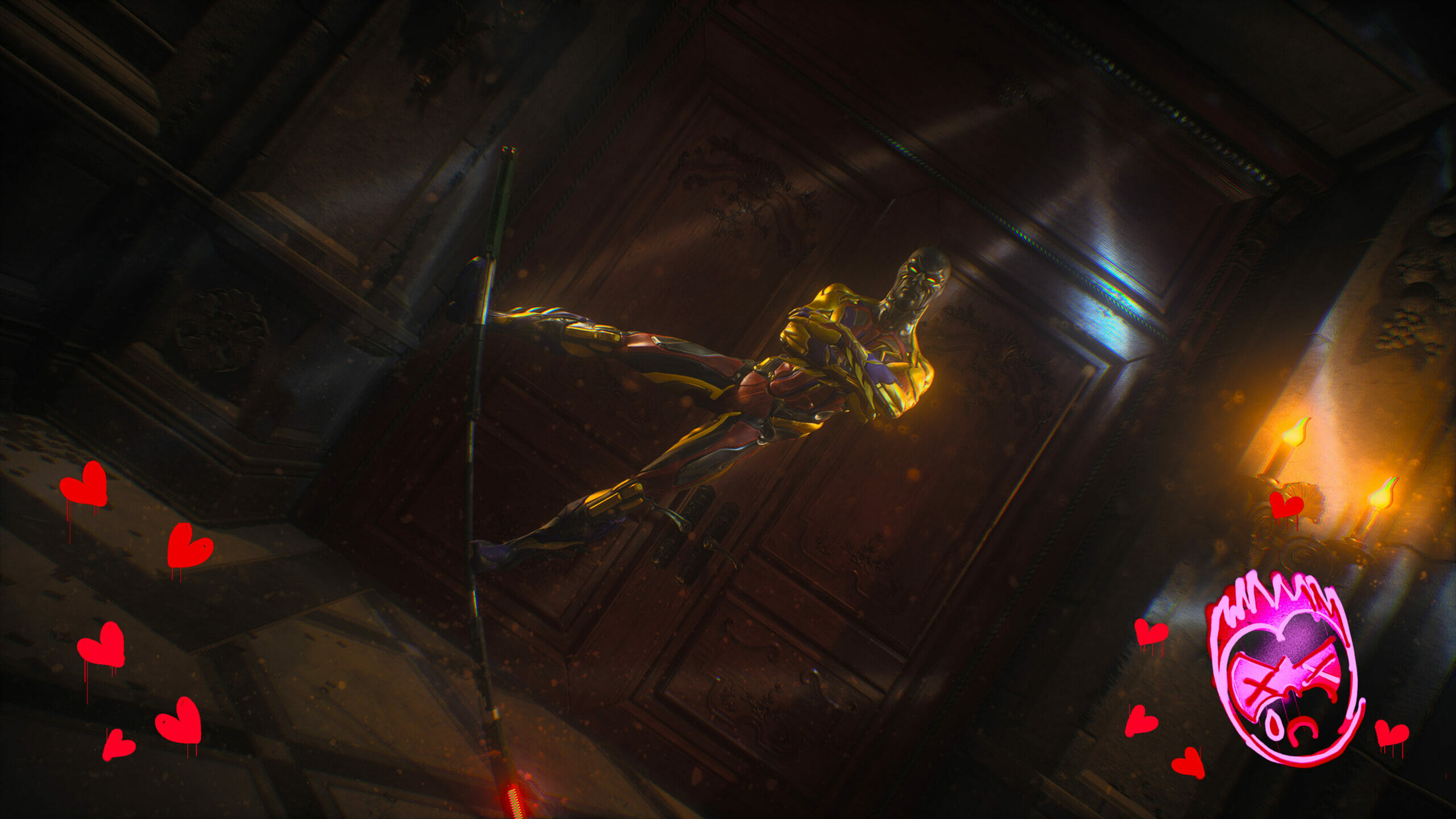


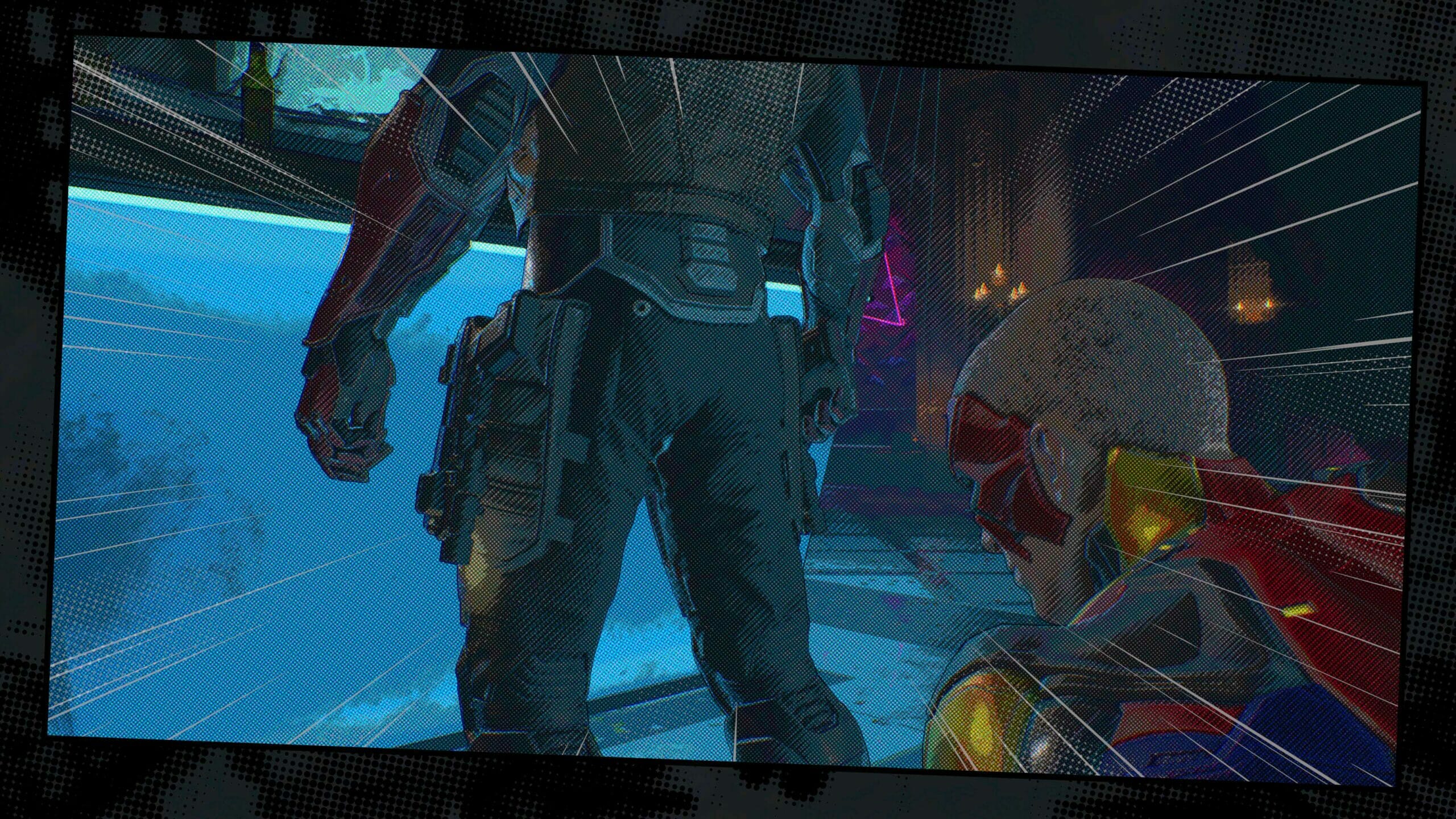
What does take a while to warm up to, however, is the strange way the game handles its various progression systems. Combat and exploration dictate the pace at which new levels are earned. As such, it is necessary to go out and complete as many side objectives as possible. Alas, Gotham Knights does not have enough content to keep players engaged. Sure, the quantity is there — with countless “premeditated crimes” taking place across Gotham, and every third building featuring a crime scene to investigate. The quality of said side activities, however, is questionable at best. The majority of all murder scenes seem to use the same assets over and over again, while the small crimes players can stop are nothing more than short 1-minute-long brawls.
By interrogating enough enemies and moving the story forward, players will occasionally unlock larger crime events. On completion, these crimes offer players a randomly generated set of crafting rewards and experience. While usually tied to the narrative, it needs to be said how unimaginative they tend to be. Chapter progression is also tied toward how many of these crimes players complete, making the entire process of defeating random groups of enemies, unlocking these crimes, and completing them, quite a repetitive slog. Arkham Knight, while just as flawed, at least made all of its side activities feel meaningful and unique. There is a growing despondency every time a player reaches a new crime scene, only to find it has the same body, with the same pool of blood, next to the same piece of rope another crime scene just had. This sameness happens for almost all side-mission types.
Similarly, it needs to be said how tedious it feels to explore Gotham. While better methods of traversal can be unlocked after a few hours of gameplay, using the main proposed method of travel (the Batcycle), is an absolute chore! This comes as quite a shame, considering the exceptional way Rocksteady managed to work the Batmobile into the Arkham Knight experience. Strangely, WB Games hit the nail on the head when they incorporated Batman’s zipline boost into the open world traversal of Arkham Origins. Knowing how simple and slow the zip lines are in Gotham Knights, then, comes off as a bit of a disappointment to say the least. Fortunately shooting through the air as Robin, or even jumping over the rooftops of Gotham as Red Hood, genuinely feels like a lot of fun.

Exploring in previous Batman titles also felt a lot smoother and livelier than it does in Gotham Knights. While there is a constant stream of civilians around all corners, the city ultimately feels more dead than it did in Arkham Knight. Cars spawn within view distance, and the streets of Gotham have never felt more compact. Where previous games had Joker trophies hidden behind cool challenges and puzzles (with included narration), Gotham Knights instead relies on players reading about lost batarangs hidden in some random email, then finding them strewn all over Gotham’s rooftops. While each batarang has flavour text on why it landed where it did, there is no narrative incentive to collect them all, beyond a little cutscene in the Belfry at the very end. There are also traversal challenges meant to be completed as players come across them, but their rewards are trivial at best. One cool thing to point out is how progressing with the story will unlock an additional type of collectible bearing real narrative ties that could, perhaps, even yield a narrative outcome over time!
Beyond the contents it holds, Gotham has actually never looked better. Traversing the rooftops might not mean much in the long run, but standing and looking out at the smog-laden cityscape is a treat. WB Games Montreal have crafted their own dark and broody version of Gotham and have mostly succeeded in bringing the infamous city to life. Players can find and scan murals, graffiti, and artworks to get a better understanding of the world. While the side content is menial at best, Warner Bros. did an outstanding job at fleshing out the lore and mythos of Batman, the villains of Gotham, and the Gotham Knights themselves.
From the various suits and gear, through to their facial animations and the sheer fluidity of their movements, characters in this game also look great. The characters are beautifully designed; from the way Jason Todd seeps badass ball buster through to Mr Freeze’s terrifyingly cool exoskeleton and red eyes, the detail in the GCPD’s uniforms, or the way Harley Quinn’s hair sways with her movements, all exude an attention to detail one would not expect from an open world game like Gotham Knights. It is just such a shame, then, that the same attention to detail does not apply to actual traversal. Gotham looks astonishing, and the characters therein as well, but when mobility is hindered by a pillar that is not even within proximity of the intended destination or path, immersion instantly drops. Small things like this, and the way the zipline will sometimes attach to a point somewhere off screen, all serve to mar the experience ever so slightly. Fortunately, the game makes up for it by being quite the competent multiplayer brawler.
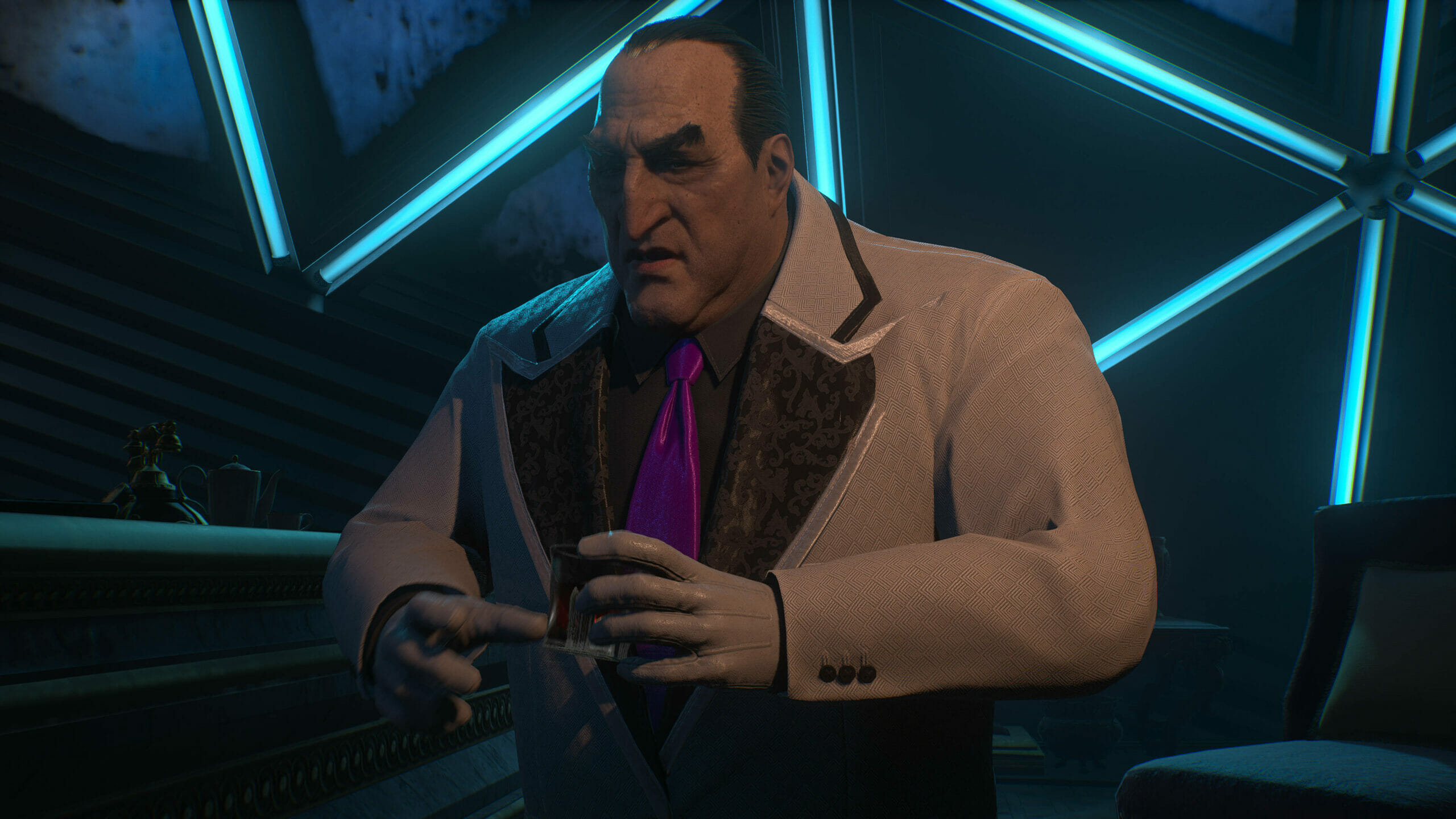

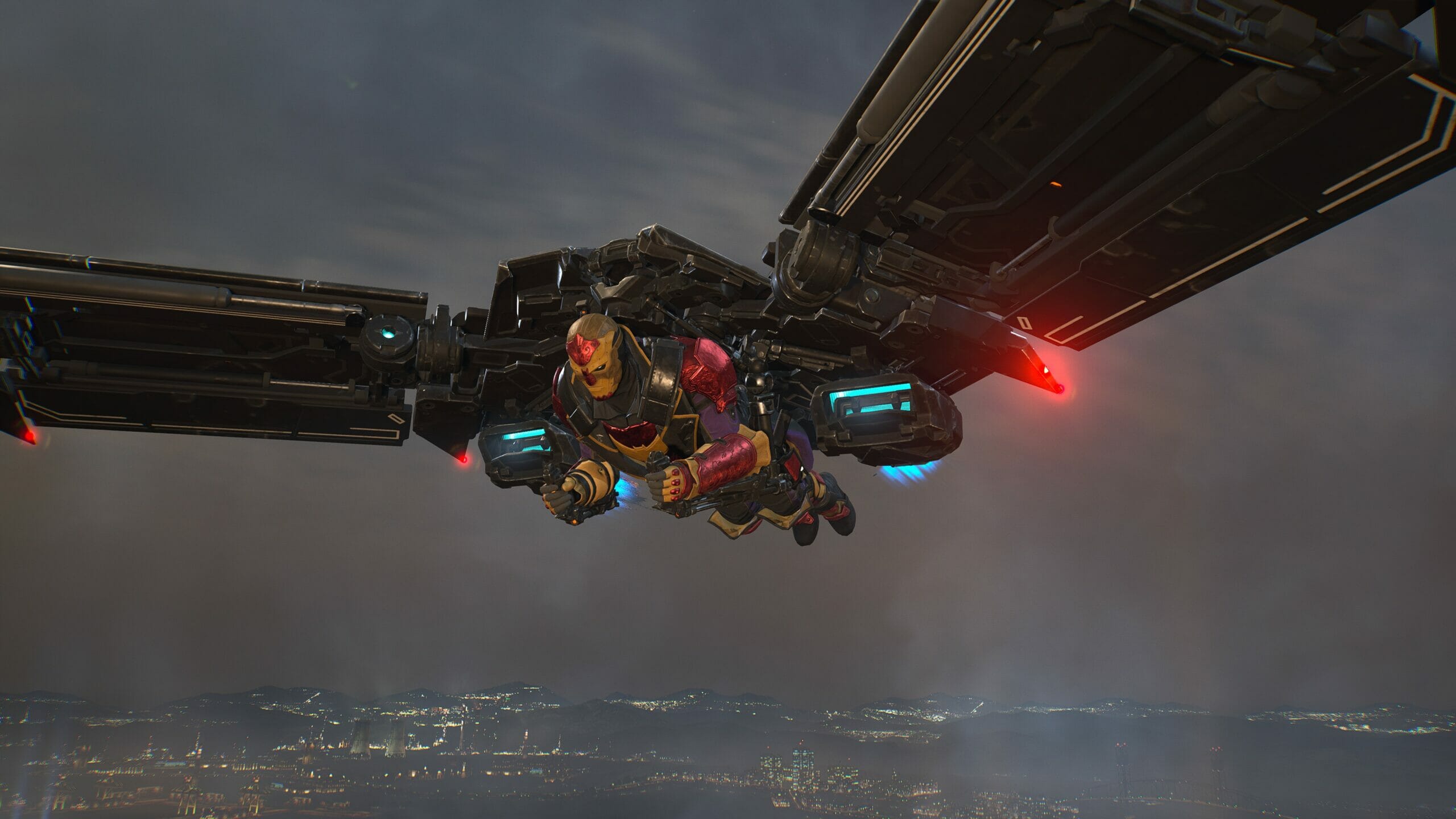
Campaign co-operative (co-op) play in Gotham Knights is, quite disappointingly, limited to a maximum of two players at launch; with the promise of four-player co-op (for open world gameplay only) coming at a later date. With that said, going through the game with a friend is an extremely important feature that should have been implemented years before in previous Batman titles. While the entire game can be played alone, working your way through a particularly tedious mission will always be better with a friend. WB Games Montreal even took it one step further by changing the way characters talk to one-another when in a multiplayer session. Conversations happen dynamically during story missions too, and quips between characters can be heard whenever brawls or challenges are completed. The netcode can do with some work, however, since a few hours of multiplayer gameplay resulted in a crash and some input lag. With that said, playing together remains the coolest aspect of the game outside of the narrative, which ruins what could have been a must-play feature.
Story progression, at launch, is a single-player only affair. This means players can go in and help each other in their singleplayer missions, but only the host will be able to make any meaningful progress in the narrative! It is an odd experience, considering the game even goes so far as to log when players have completed story steps in multiplayer. Achievements are also handed out to players who finish certain story steps, and even experience gained and gear crafted or found carries over into the single player experience. Why then, does multiplayer mission progress not also sync? It is a question that will be asked by many gamers for quite some time, and one that truly marrs the overall online and co-op experience.
With the above in mind, it must be noted how smooth the entire experience tends to be. From connecting with a friend via the social menu, through to loading into their game, then synching up during missions; it is a rather flawless experience. Similarly, loading into the game, as well as sitting on loading screens when entering buildings or fast travelling, never takes more than a couple of seconds! Alas, the game only runs at a locked 30 frames per second on Xbox Series X, and while that may be one of the reasons it runs as well as it does, it looks astonishing regardless.
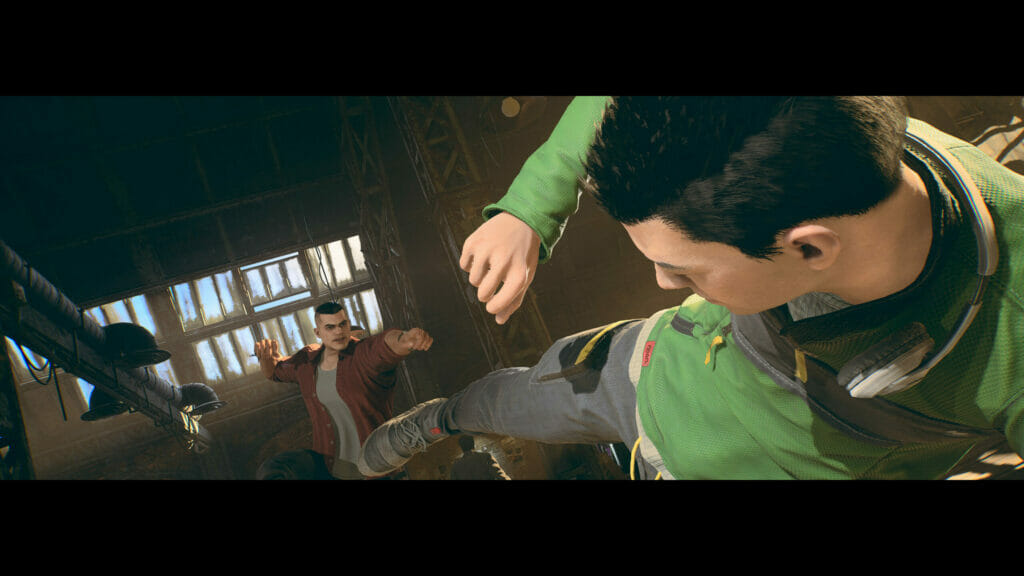
It is clear WB Games Montreal put concentrated effort into the development process of the game. Although there are many inconsistencies throughout Gotham Knights, some of which can be truly game-breaking for some gamers; the overall narration and world building are superbly well done. So much so, it offers an experience deserving of both fans of the Batman comics and gamers who want more of “the dark knight”. Collectibles are a hit or miss in the open world and traversal is just an overall disappointment, but stepping into the shoes as one of the Dark Knight’s sidekicks is a proper treat. Batman truly is dead; long live the bat-family.
Verdict:
GOOD
| PROS | CONS |
| Gotham is a marvel | Many design inconsistencies |
| The story is surprisingly intriguing | Exploration feels tedious |
| Multiplayer is such a good addition |
Title reviewed on Xbox Series X with code supplied by Warner Bros. Interactive Entertainment
Review Methodology | Ethics Policy
Junior Editor at Vamers. From Superman to Ironman; Bill Rizer to Sam Fisher and everything in-between, Edward loves it all. He is a Bachelor of Arts student and English Major specialising in Language and Literature. He is an avid writer and casual social networker with a flare for all things tech related.






















